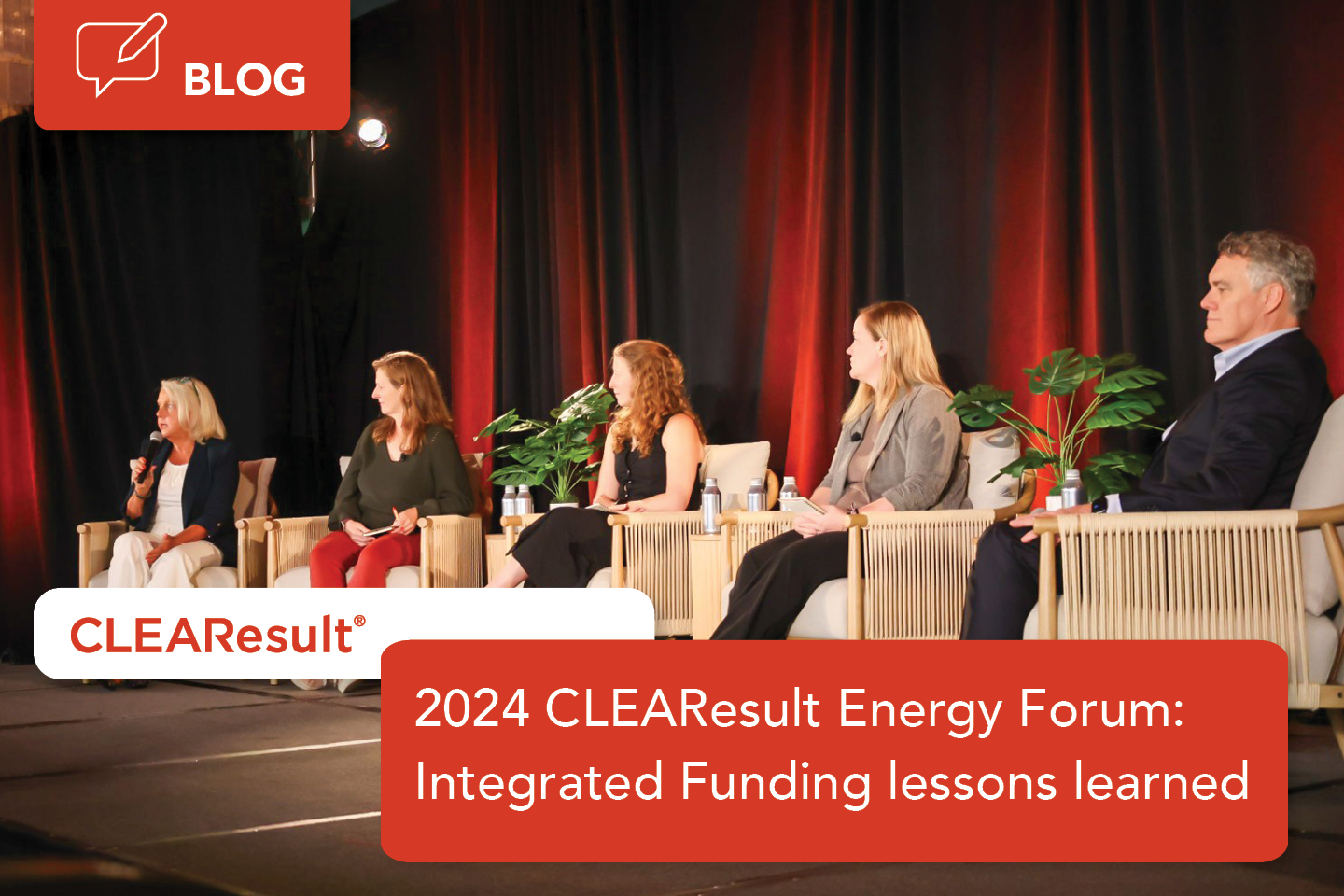Navigating Inflation Reduction Act funding integration and program attribution

Three key takeaways
- Proactivity is essential. Utilities should assist states in navigating applications and implementing IRA programs to reduce complexity, shorten timelines and eliminate duplication of resources.
- NEEP’s attribution frameworks are valuable tools. These frameworks help align utilities, states and other stakeholders on shared attribution strategies and provide a great basis for further discussion.
- Customer education should be a priority. Educating customers on how these programs and funding work in the market will enable them to participate with confidence and make informed decisions.
With new federal funding like the Inflation Reduction Act (IRA) now in play, utilities are navigating complex questions about energy savings attribution and how to coordination with state programs. During a recent session at the 2024 CLEAResult Energy Forum, experts from CLEAResult, Northeast Energy Efficiency Partnerships (NEEP), Pearl Certification and CLEAResult clients explored best practices for using these funding sources to maximize participation and enhance outcomes for customers.
Navigating IRA Home Energy Rebates
Over two years since the passage of the IRA, nearly half of U.S. states and territories have applied for or received funding for Home Energy Rebate programs. The drawn-out process reflects the complexity of understanding, applying for and implementing these programs. As states start launching their programs, utilities must determine how these initiatives interact with or compete against existing energy efficiency programs, creating a need for clear guidance on energy savings attribution. Some existing low-income programs provide working examples of how the stacking or laying of multiple funding sources can be accomplished.
Why savings attribution is critical
Multiple funding streams can complicate determining which investment encouraged a customer to act, which is often critical for cost-effectiveness tests. For example, a homeowner might qualify for an $8,000 incentive from their state’s IRA program and an additional $2,000 rebate from their utility for the same heat pump. Questions arise: Should the customer choose one rebate, or can they stack them both? If stacked, who claims the energy savings and in what proportion?
This issue is critical for utilities because they rely on energy savings data to demonstrate program cost-effectiveness and meet regulatory requirements. Without clear attribution, utilities could lose credit for savings, impacting their regulatory or sustainability goals, and the costs of meeting those.
Benefits of a coordinated approach
Establishing clear attribution rules benefits all parties by:
- Encouraging collaboration, allowing more customers to benefit from combined incentives
- Crediting utilities for savings generated through participation in integrated funding streams
- Reducing competition and consumer confusion between state and utility programs
- Enabling innovative solutions, addressing market needs that traditional programs might not have addressed
If utilities and state programs do not align on attribution strategies, it could lead to confusion for customers, misalignment of resources and missed opportunities.
Communicating clearly with customers
One of the biggest risks of poor coordination is customer confusion. Customers need to understand how these programs work and how to access the maximum incentives available. Without a clear message, customers may struggle to navigate their options, reducing participation and satisfaction. Educating customers should be a top priority for both utilities and states to ensure programs achieve their intended impact.
Collaboration with community-based organizations is another effective way to reach underserved communities—a major focus for IRA programs. But education and awareness can only happen once stakeholders agree on how these programs will be coordinated and communicated, as bandwidth to reach underserved communities is precious and limited.
If IRA programs are successfully aligned with existing utility programs, it will ensure better outcomes for all stakeholders and reduce confusion in the marketplace.
Watch the full session below.